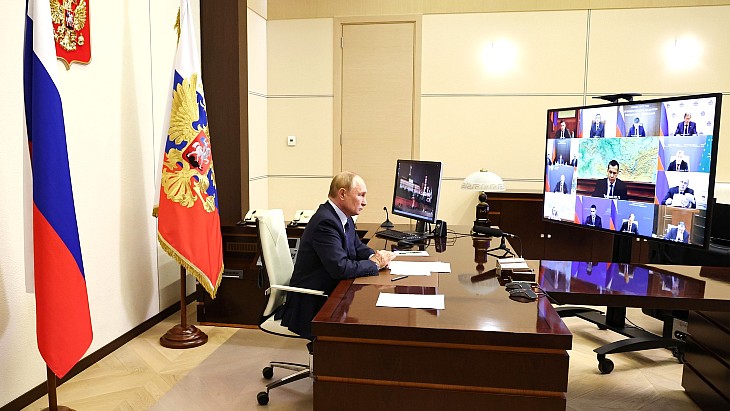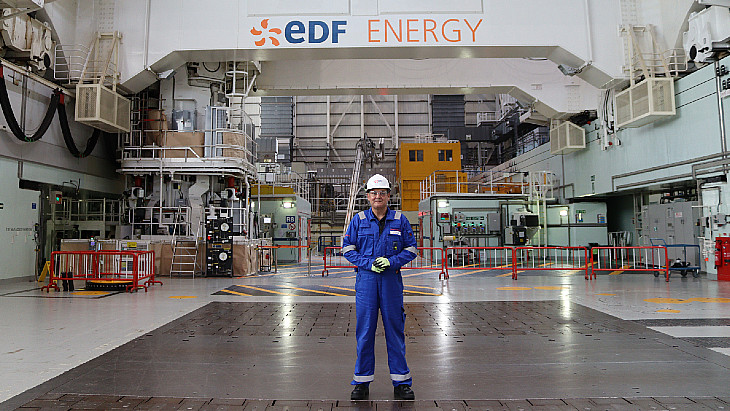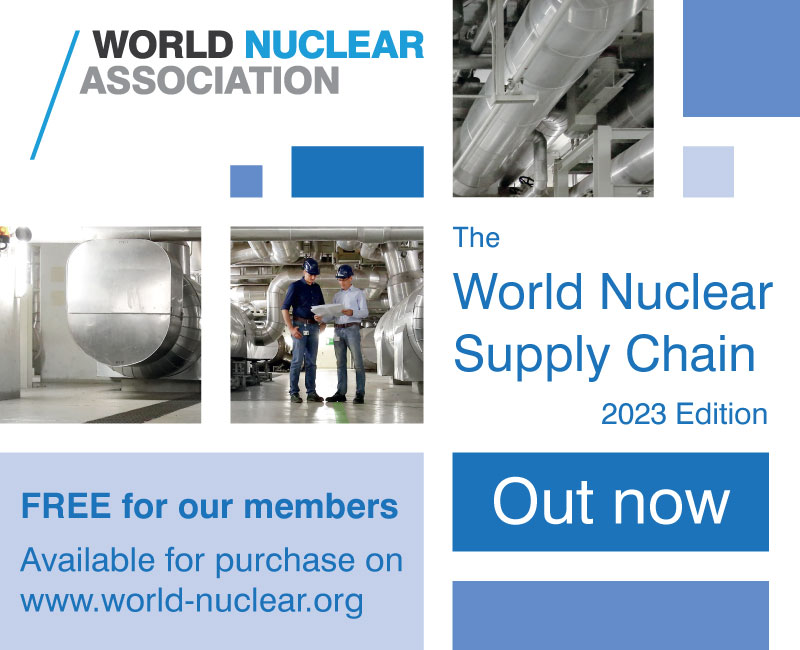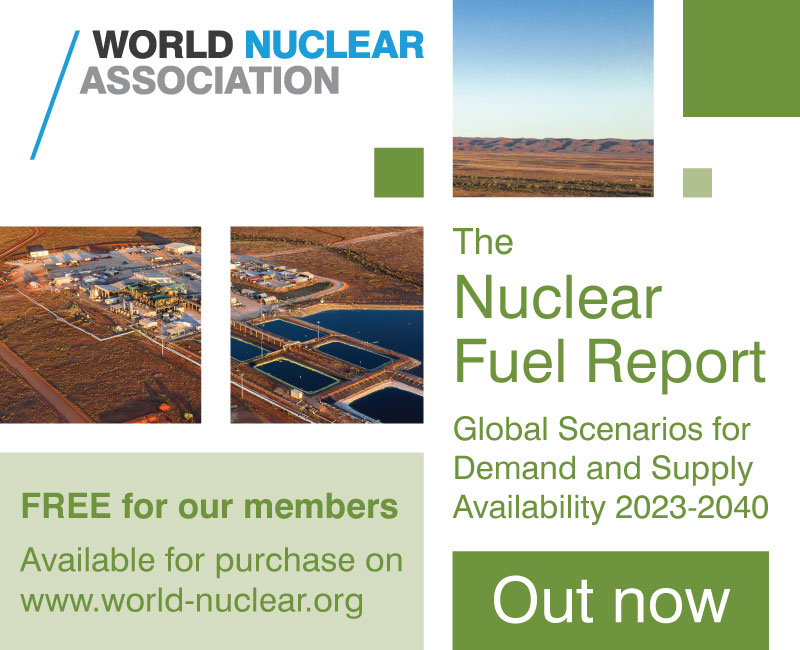Central Asian uranium legacy set for remedial work
.jpg)
Work will begin at the Shekaftar site, following a grant agreement signed between the Kyrgyz authorities and the London-based bank. A grant is provided by the Environmental Remediation Account for Central Asia (ERA), a fund initiated by the European Commission and managed by the EBRD. The ERA was set up in 2015 to rehabilitate high-priority sites in the Kyrgyz Republic, Tajikistan and Uzbekistan. Framework Agreements have been signed with all three countries.
The agreement, which was signed by Balthasar Lindauer, EBRD director for nuclear safety, and Nurbolot Mirzahmedov, the Kyrgyz minister for emergency situations, enables the start of a tender process for the selection of a contractor for the work at the Min-Kush and Shekaftar sites. These two sites have been identified as top priorities because of the environmental risks they pose, the EBRD said.
After meetings in Bishkek with the Kyrgyz authorities yesterday, Lindauer said: "We are grateful to the Kyrgyz government for the strong partnership we have established. Today we have taken important decisions to start work and reduce the risks to the people of the Kyrgyz Republic from these old mining sites."
Central Asia served as an important source of uranium in the former Soviet Union, the bank noted. Uranium was mined for over 50 years and uranium ore was also imported from other countries for processing. A large amount of radioactively-contaminated material was placed in mining waste dumps and tailing sites, it added. Most of the mines were closed by 1995 but very little remediation was done before or after the closure of the mining and milling operations.
The EBRD says it is the only international financial institution engaged in nuclear safety and decommissioning programmes and has been active in the field since 1993. ERA is the latest fund managed by the EBRD and it is supported by contributions from the European Commission, Belgium, Switzerland, Norway and Lithuania.
_75453.jpg)

_70526.jpg)
.jpg)









